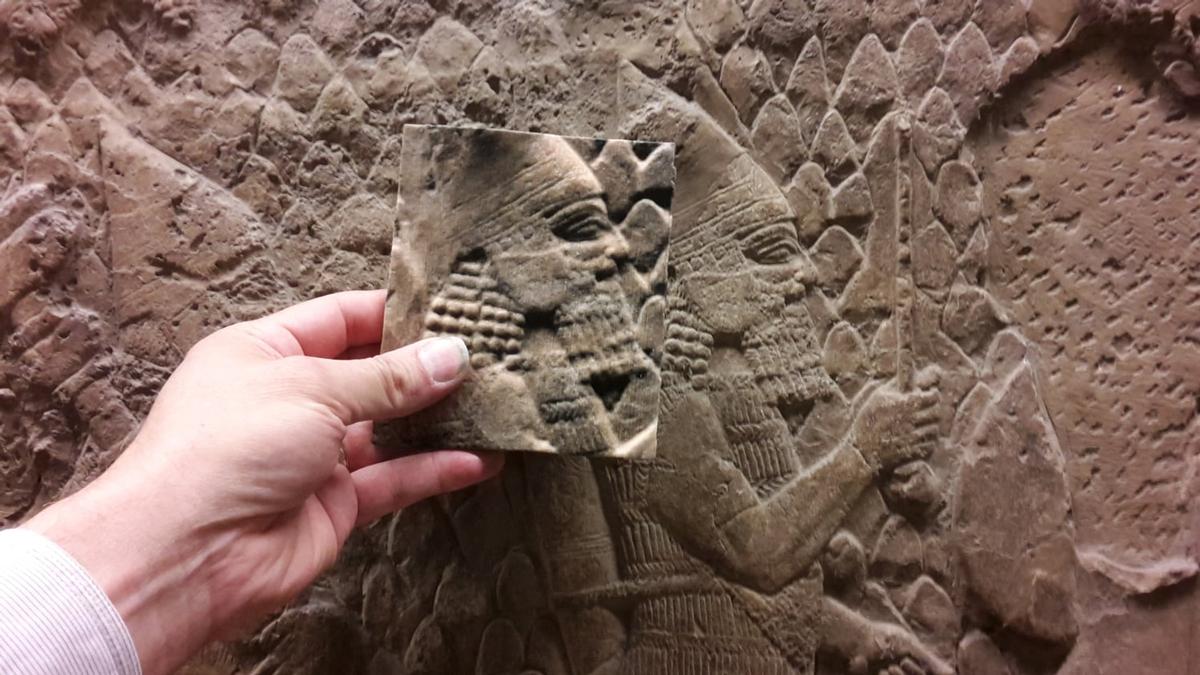see all jobs
Museum Tech 2016: Set the trend or risk falling behind, say experts
Innovators producing cutting-edge technologies for the museums sector have said that risks must be taken to develop new technologies, with those playing it safe ironically risking being left behind.
Speaking at the Museums Association’s Museum Tech conference in Manchester, UK, a panel of forward-thinking creators spoke about the future of Technology in museums and the implications that could have.
George Oates, who invented Flickr Commons and is in the development stage of a new project – Museum in a Box – said that innovation in technology is about having focus and taking a leap of faith to realise your idea. But she cautioned that museums shouldn’t be introducing technology just because it’s a trend.
“One of the primary motivations of Museum in a Box was to increase the audience for museum objects,” she said. “About five per cent of museum objects go on display at any one time. We want to make that number bigger because generally, museums are struggling to demonstrate use of these things.
“With our concept, which condenses a museum experience down to a small box, I’m betting that even a replica of a famous object will be attractive to people and interesting to people. We don’t know if kids are going to like it. Generally, they do like this kind of thing where they can play with it, but with emerging tech you’ve just got to follow your nose a bit. Tech for tech’s sake however is pointless and museums and institutions need to be aware of that.”
Peter Law, creative producer at Flying Object which developed an IK-prize winning installation known as Tate Sensorium at Tate Britain, added that without testing technology in a museum environment, a concept will remain just a concept.
“There’s so much interesting stuff out there already, online and in technology, but the question for museums is what are you going to do with it?” he said. “We’ve got to follow our hunches when trying some things. We can sit around our table for days and talk about what we want to do, but going out and trying these things in the museum can give you a focus.”
Omad Hiwaizi, president of augmented reality company Blippar said that one thing that could hamper technology within the museum sector is a ‘culture of cautiousness’ within most institutions.
“When it comes to museums and emerging tech, it might well be that there’s a blending of cultures required,” said Hiwaizi. “Technology is not about being very cautious and analytical about what the next step is. It’s actually about inventing in leaps – trialling them as quickly as you can, identifying what works and killing products that don’t. I think it’s a cultural issue where tech works one way and museums work another, introducing this hesitance to try new things.
Hiwaizi added that innovation involves risk, but it’s that risk which keeps them relevant and thriving.
“Institutions must take that risk and give an innovative idea funding to see whether it will succeed or fail,” he said. “While they carry on day-to-day, they’re experimenting with what might be next and not restricting that by what’s happening today."
Hiwaizi continued: "In business, large corporations who do this. When something new comes along, they demonstrate why they are where they are. The ones that don’t do it – Blockbuster and Kodak for example – they disappear. I’m quite interested to see what happens to taxi services next. It’s all about innovation.”
More News
- News by sector (all)
- All news
- Fitness
- Personal trainer
- Sport
- Spa
- Swimming
- Hospitality
- Entertainment & Gaming
- Commercial Leisure
- Property
- Architecture
- Design
- Tourism
- Travel
- Attractions
- Theme & Water Parks
- Arts & Culture
- Heritage & Museums
- Parks & Countryside
- Sales & Marketing
- Public Sector
- Training
- People
- Executive
- Apprenticeships
- Suppliers
















































